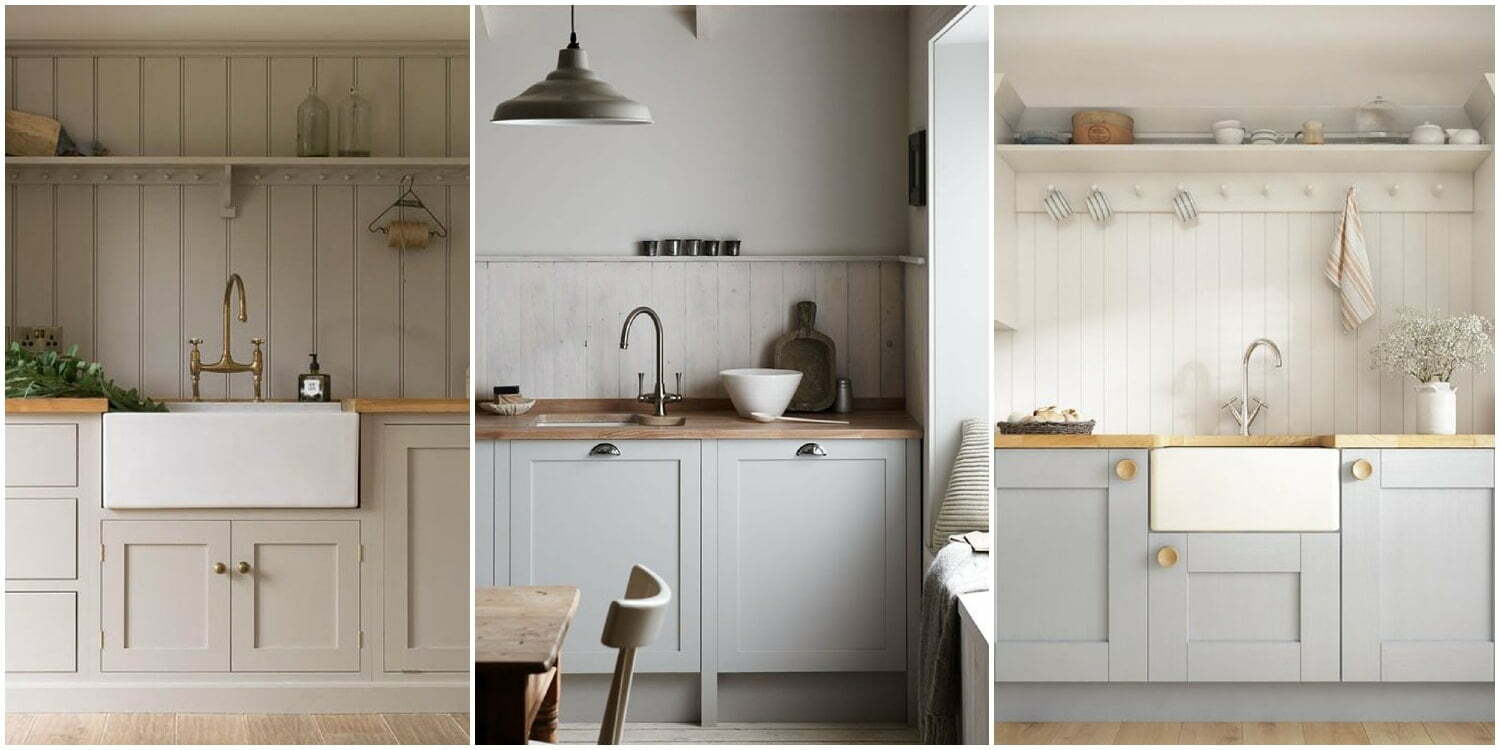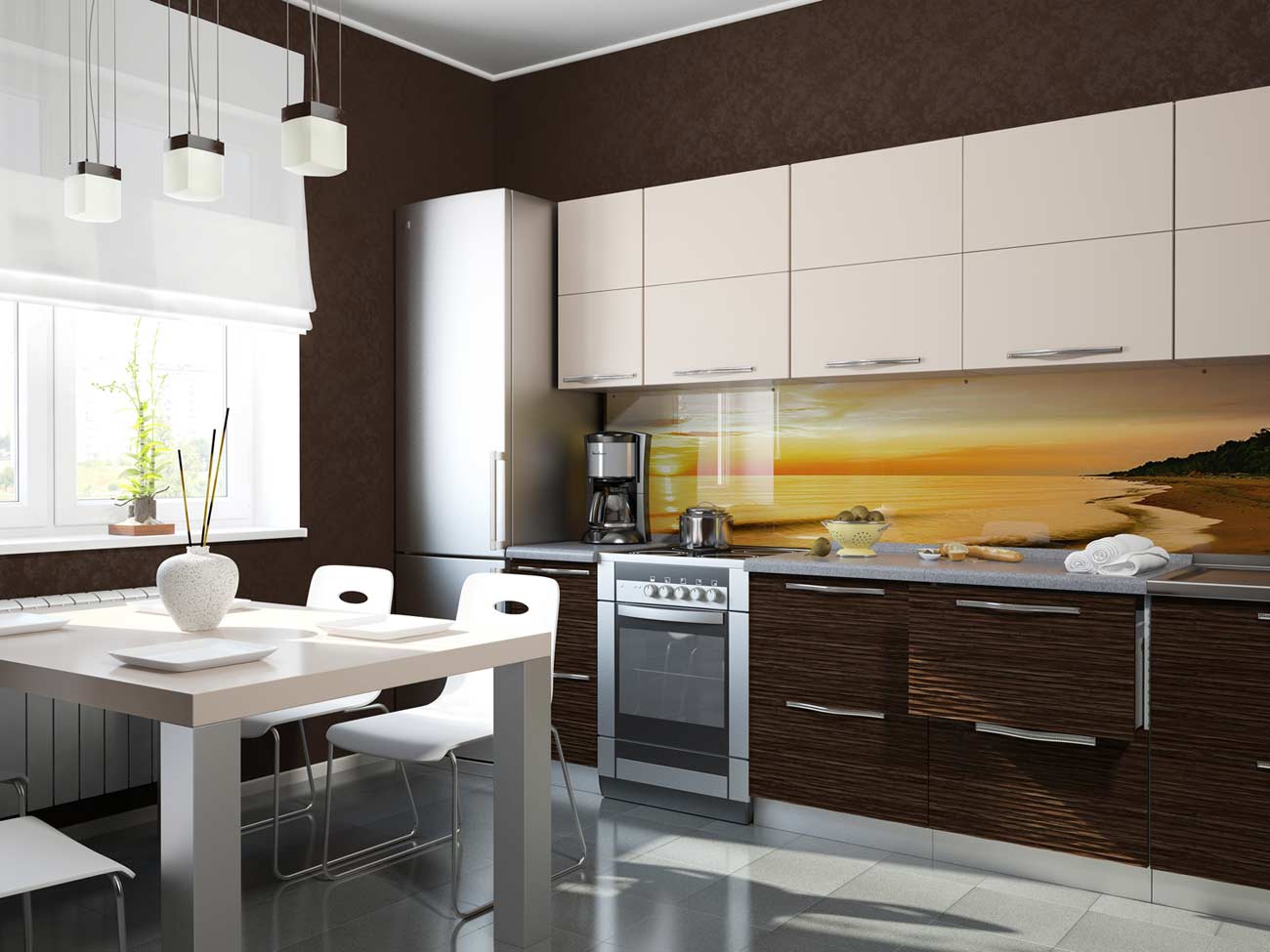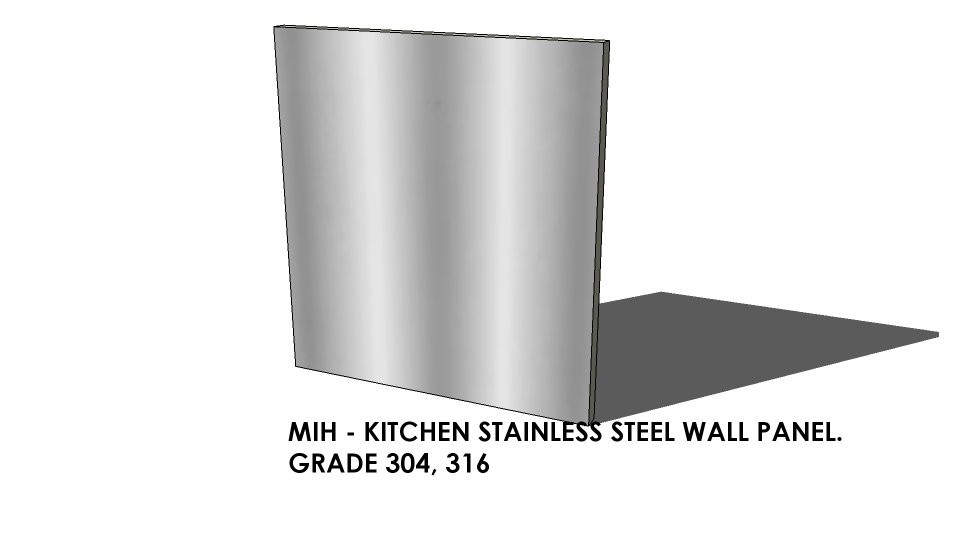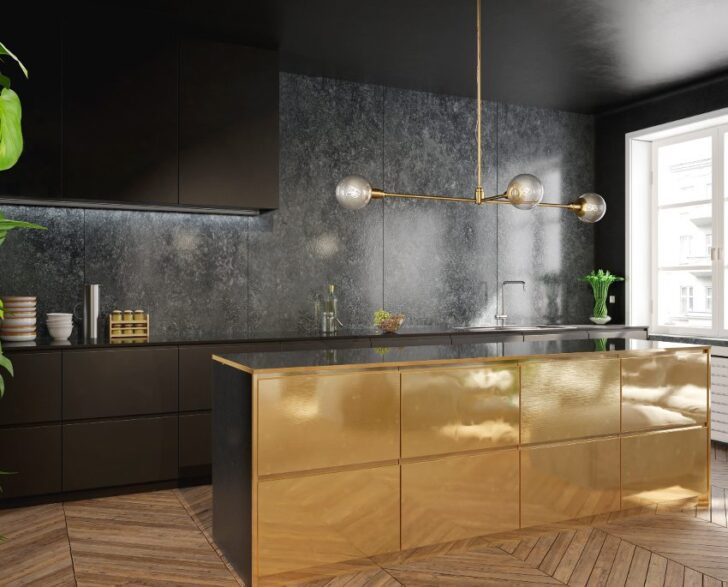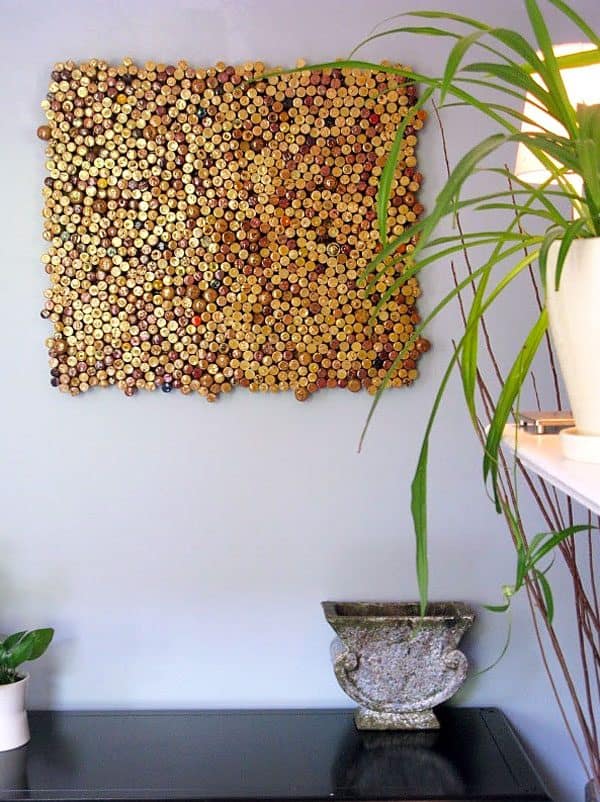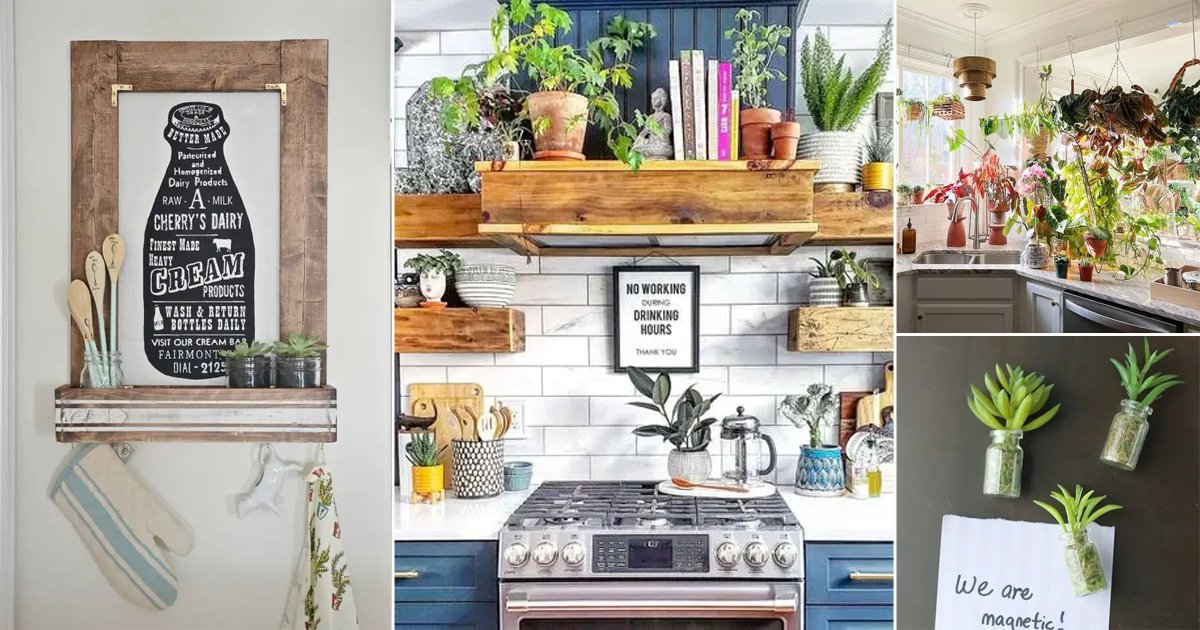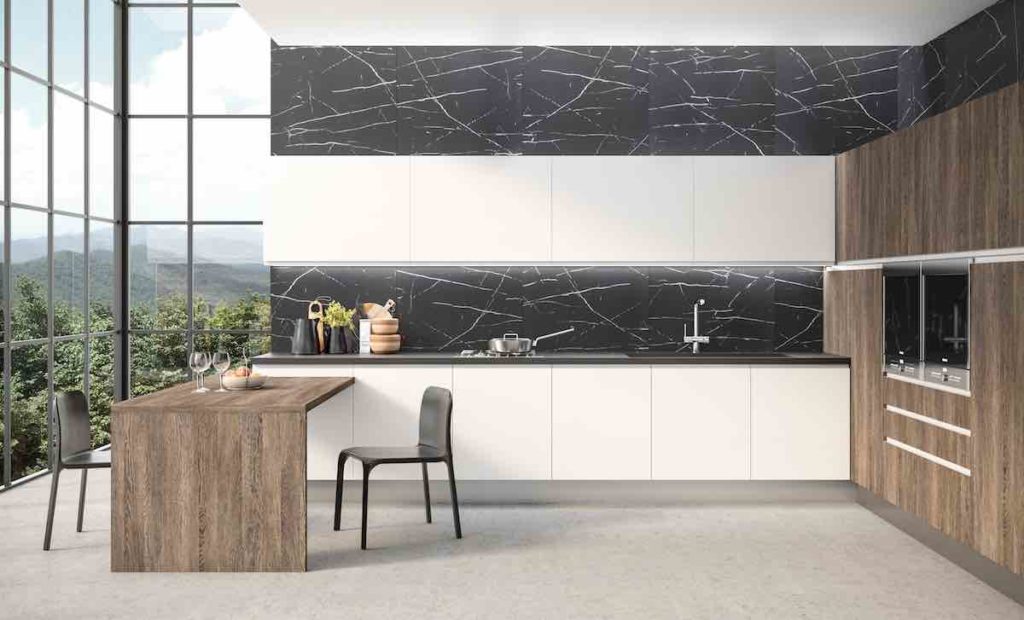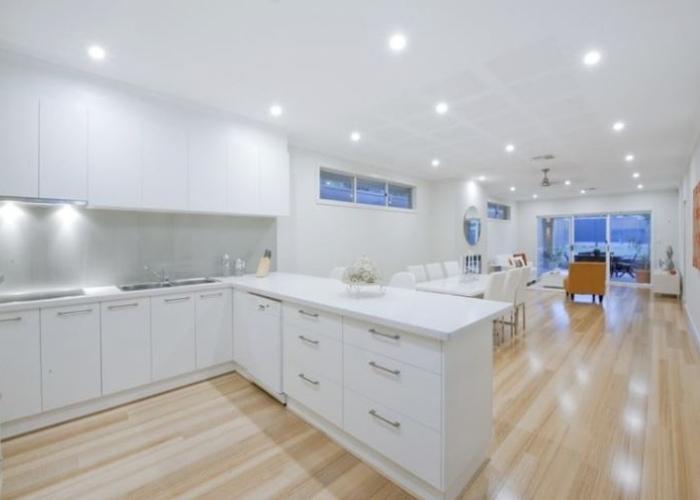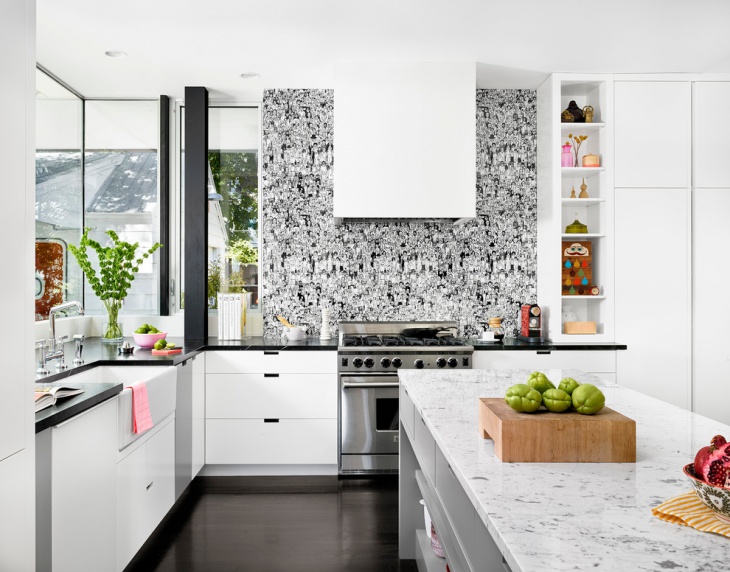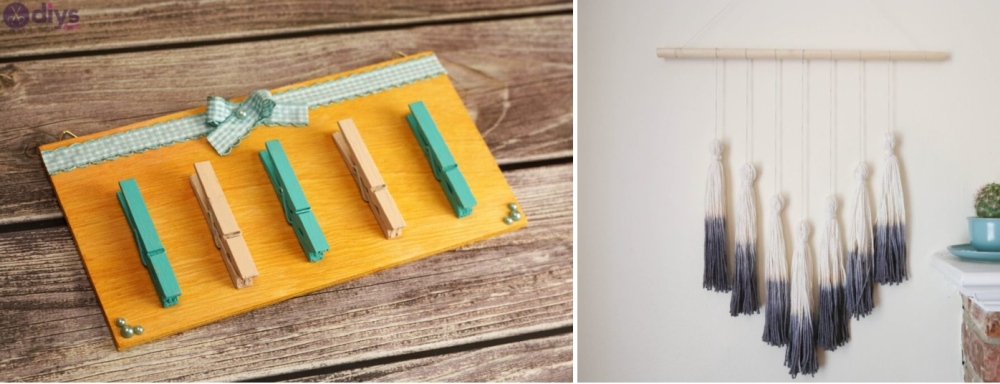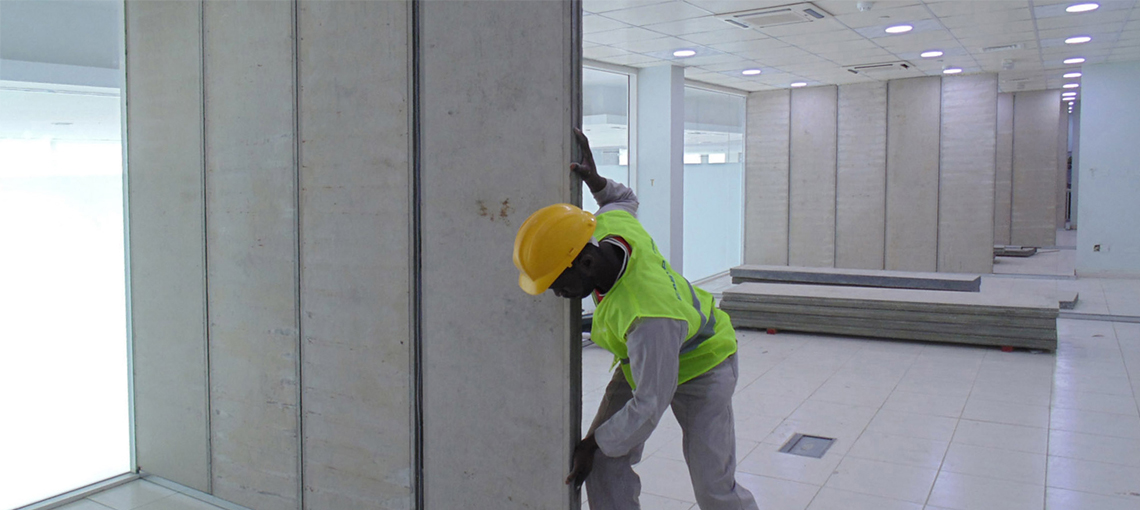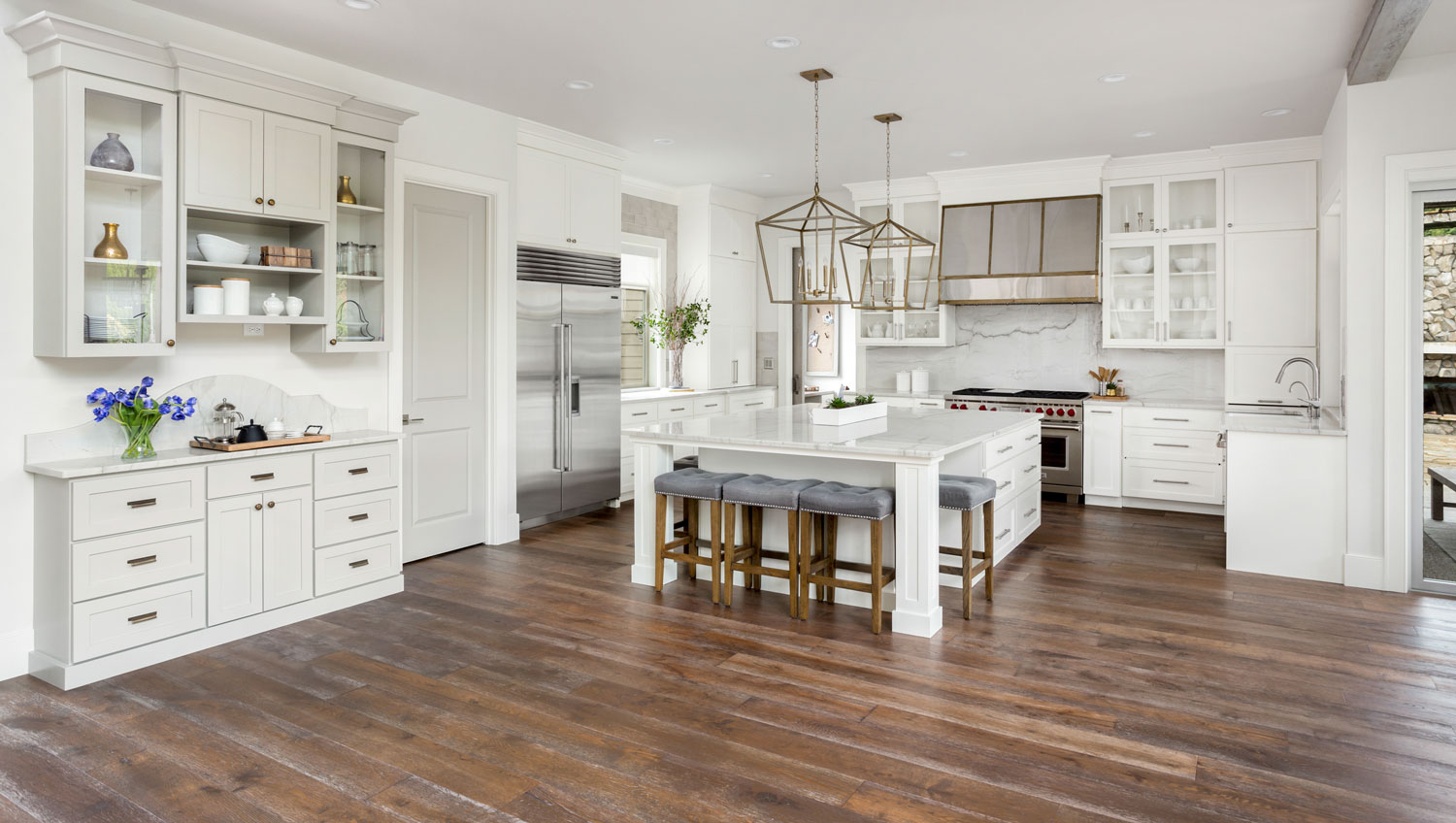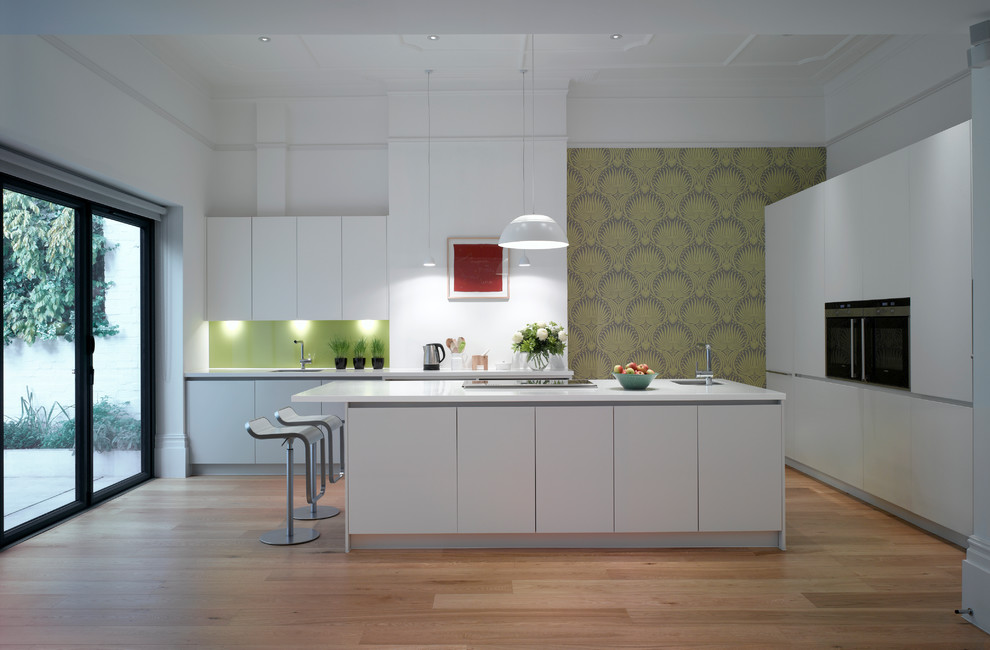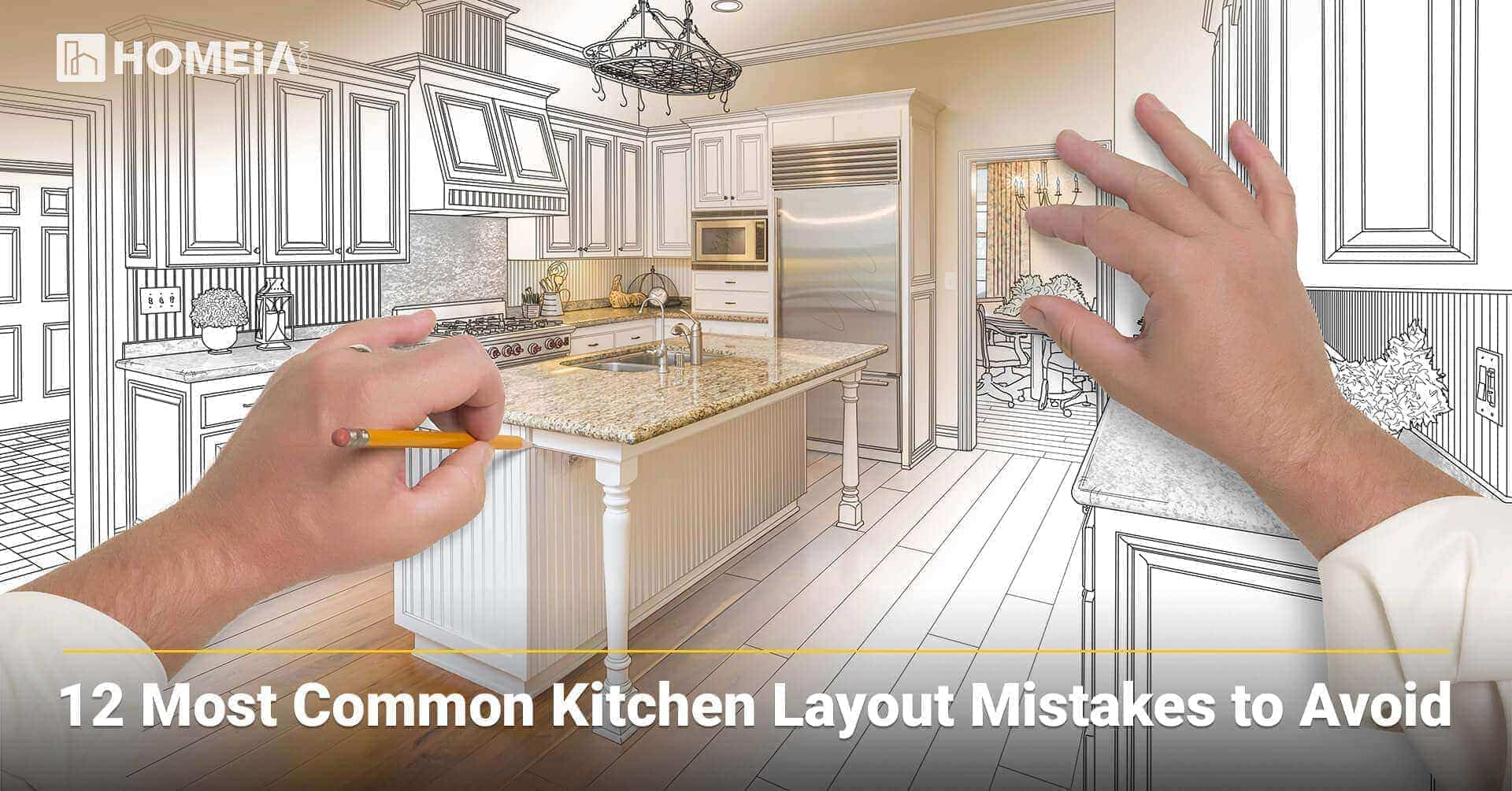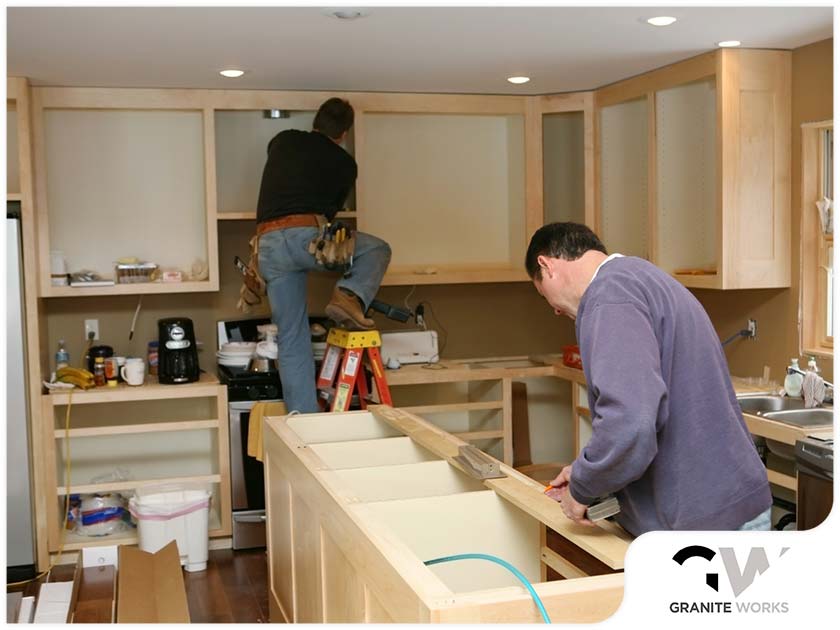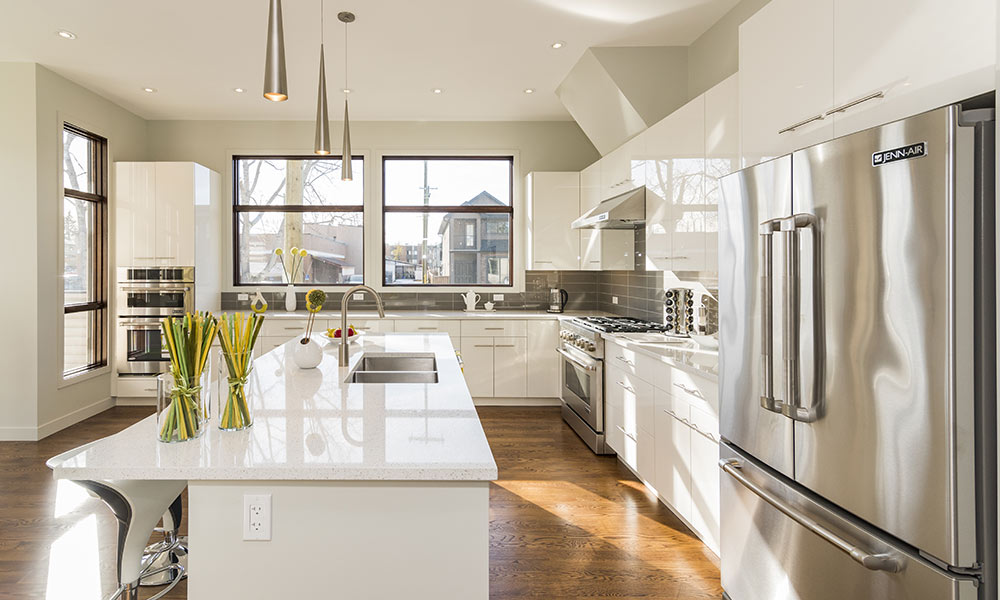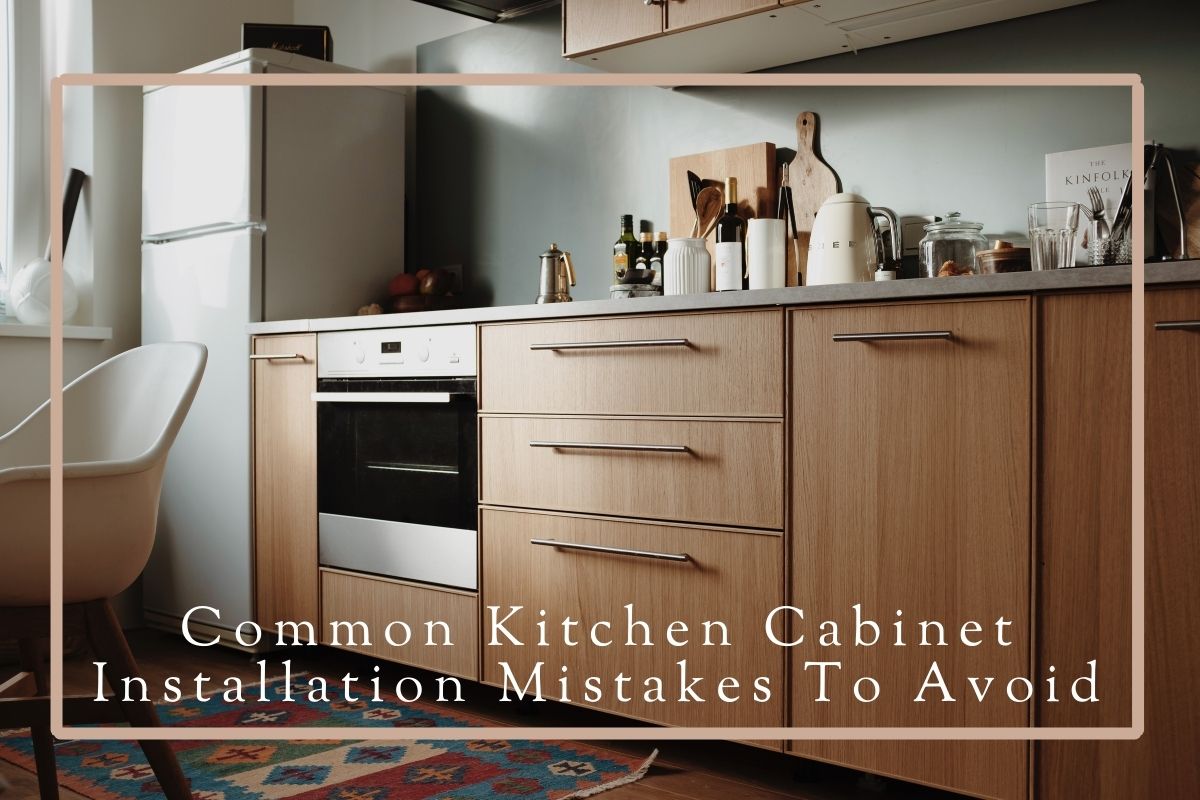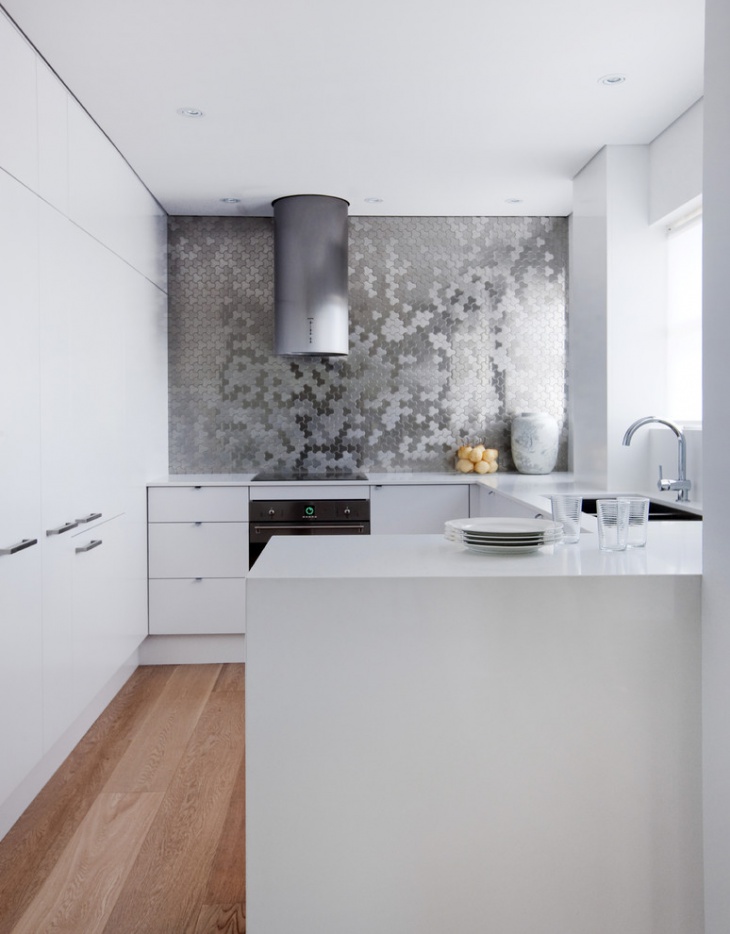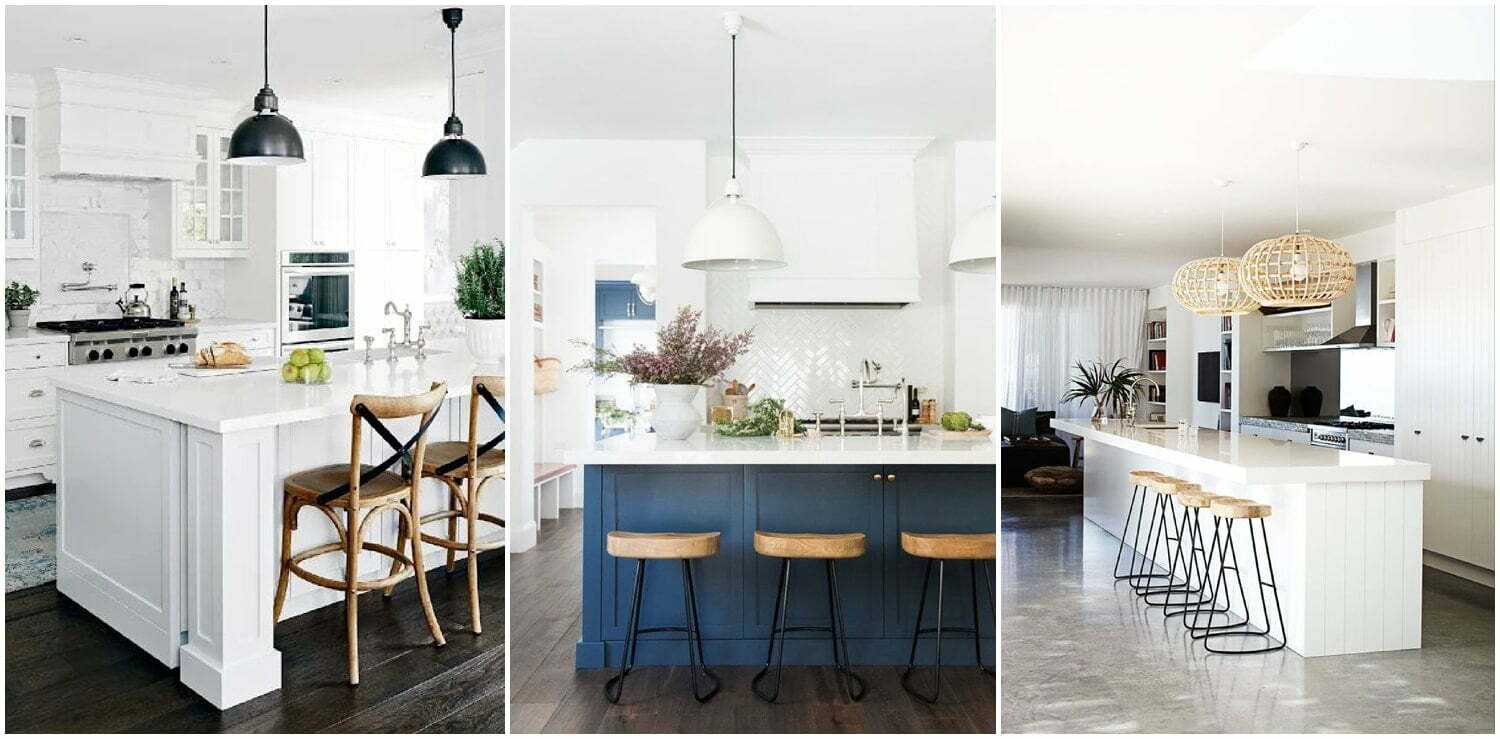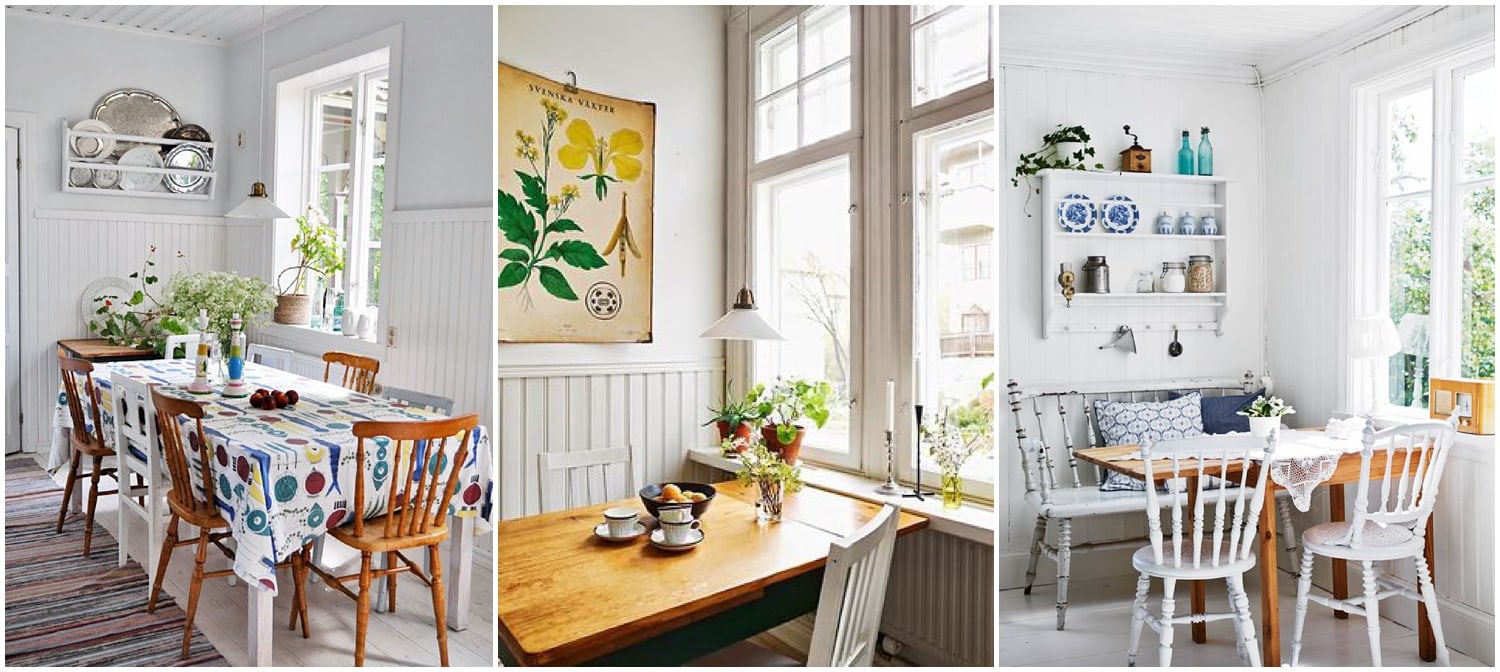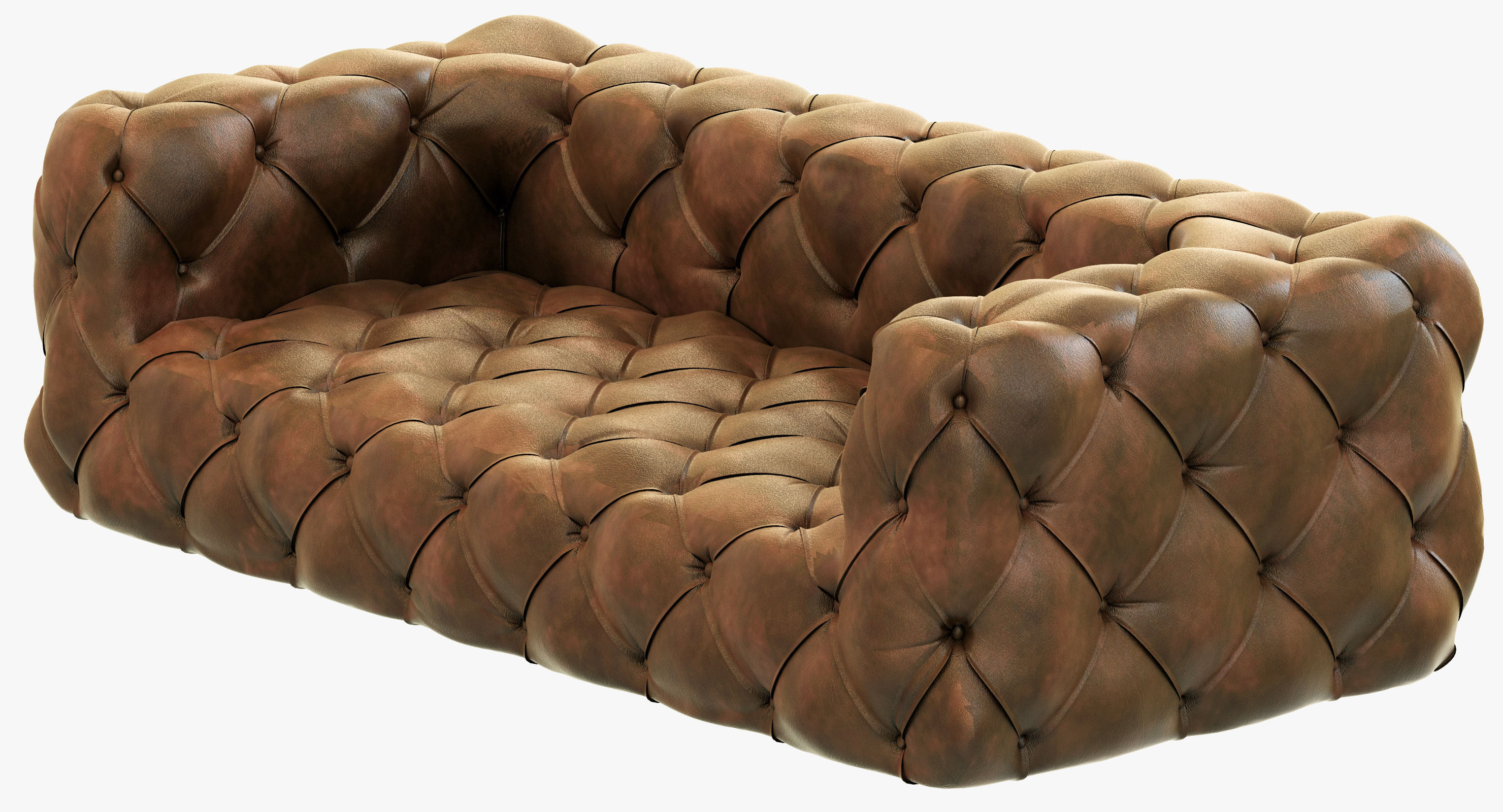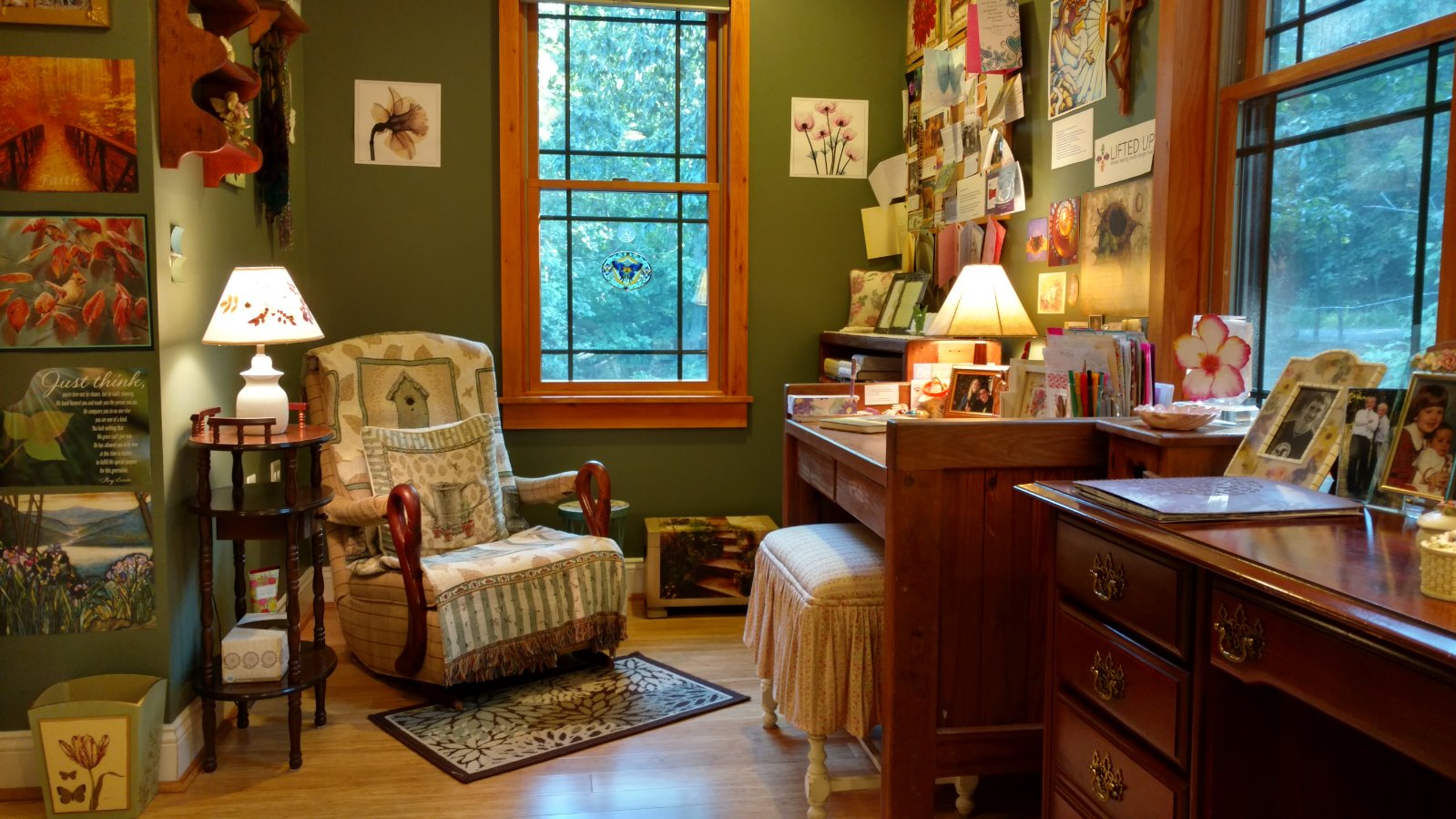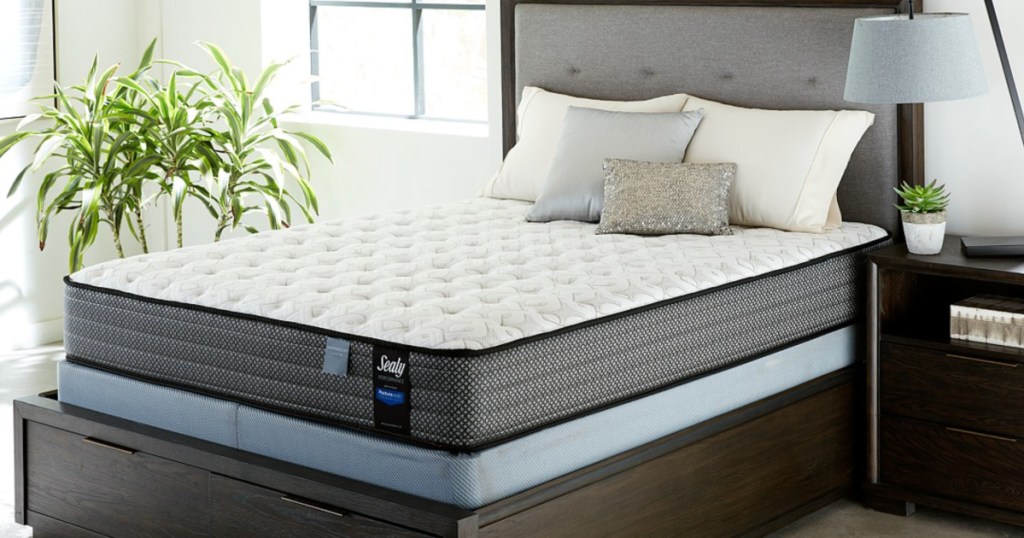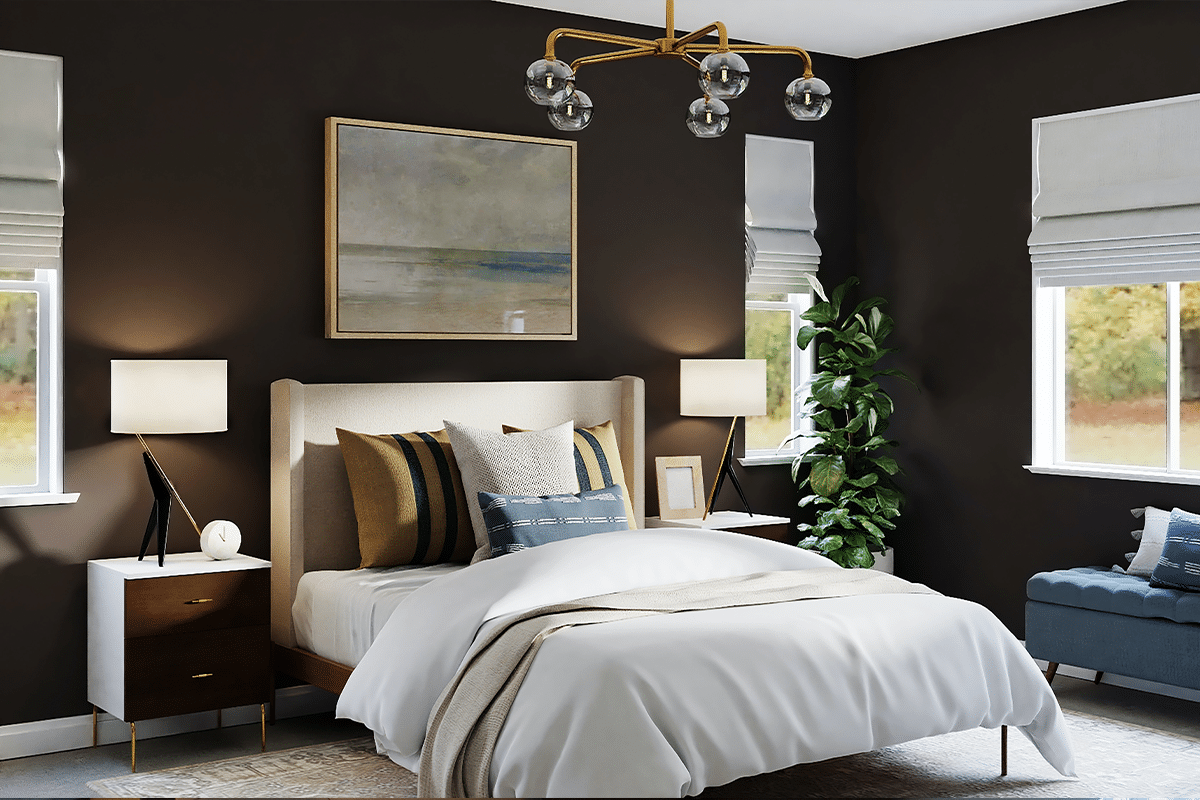Are you tired of looking at your dull, outdated kitchen walls? Installing kitchen wall panels is a great way to add a fresh and modern look to your space. Not only do they enhance the aesthetic appeal of your kitchen, but they also offer practical benefits such as easy maintenance and protection against moisture and stains. If you're thinking of giving your kitchen a makeover, here's a step-by-step guide on how to install kitchen wall panels.How to Install Kitchen Wall Panels
The first step in installing kitchen wall panels is to carefully measure the area you want to cover. This will help you determine the number of panels you need to purchase. Next, prepare the walls by cleaning them and ensuring they are smooth and dry. If there are any holes or imperfections, fill them in with spackling compound and sand the surface until it is smooth. Once the walls are ready, it's time to start installing the panels. Begin by applying adhesive to the back of the panel and pressing it firmly against the wall. Use a level to ensure that the panel is straight and adjust as needed. Repeat this process for each panel, making sure to leave a small gap between them to allow for expansion. After all the panels are in place, it's time to trim the edges. Measure and mark where the cuts need to be made, and then use a saw to carefully cut the panels to fit. To give the panels a more polished look, you can add trim pieces along the edges. Finally, use caulk to fill in any gaps between the panels and the trim.Installing Kitchen Wall Panels: A Step-by-Step Guide
Installing kitchen wall panels is a relatively simple DIY project that can be completed in just a few hours. However, if you're not confident in your DIY skills, it's always best to hire a professional to ensure a flawless installation. If you do decide to take on the project yourself, make sure to follow the manufacturer's instructions carefully and use the proper tools and safety precautions.DIY Kitchen Wall Panel Installation
One of the main advantages of kitchen wall panels is that they are quick and easy to install. Unlike traditional tile backsplashes, which require grouting and can be time-consuming, wall panels can be installed in a fraction of the time. This makes them a great option for those looking for a quick and hassle-free home improvement project.Quick and Easy Kitchen Wall Panel Installation
Here are a few tips and tricks to keep in mind when installing kitchen wall panels:Installing Kitchen Wall Panels: Tips and Tricks
In addition to their aesthetic appeal, kitchen wall panels offer a range of benefits that make them a popular choice among homeowners. They are moisture-resistant, making them a great option for areas prone to spills and splashes. They are also easy to clean and maintain, saving you time and effort in the long run. Furthermore, they come in a variety of colors, patterns, and textures, allowing you to customize your kitchen to your liking.The Benefits of Installing Kitchen Wall Panels
When it comes to choosing the right kitchen wall panels, there are a few factors to consider. First, think about the style and color scheme of your kitchen and choose panels that complement it. Next, consider the material of the panels. PVC and acrylic panels are more durable and water-resistant, while laminate panels offer a wider range of design options. Finally, make sure to choose panels that fit your budget and installation capabilities.Choosing the Right Kitchen Wall Panels for Your Home
While installing kitchen wall panels is a relatively simple process, there are a few common mistakes that can easily be avoided. These include not properly preparing the walls, using the wrong adhesive, and not allowing for expansion. It's important to follow the instructions carefully and take the time to do the job right to ensure a successful installation.Installing Kitchen Wall Panels: Common Mistakes to Avoid
To ensure a perfect fit, it's important to measure and cut kitchen wall panels accurately. Start by measuring the area you want to cover and then mark those measurements on the back of the panel. Use a straight edge and a sharp utility knife to score the panel along the marked lines, and then snap it to create a clean edge. For more precise cuts, you can use a saw with a fine-tooth blade.How to Measure and Cut Kitchen Wall Panels
One of the great things about kitchen wall panels is that they can be installed on a variety of surfaces, including drywall, wood, and even existing tile. However, it's important to make sure the surface is clean, smooth, and dry before installation. If you're installing over existing tile, use a strong adhesive and make sure to fill in any gaps between the panels and the tile for a seamless look. In conclusion, installing kitchen wall panels is a great way to update the look of your kitchen and add practical benefits. With the right tools and techniques, you can easily tackle this project on your own and achieve professional-looking results. So why wait? Give your kitchen a fresh new look today with the help of kitchen wall panels.Installing Kitchen Wall Panels on Different Surfaces
Benefits of Installing Kitchen Wall Panels
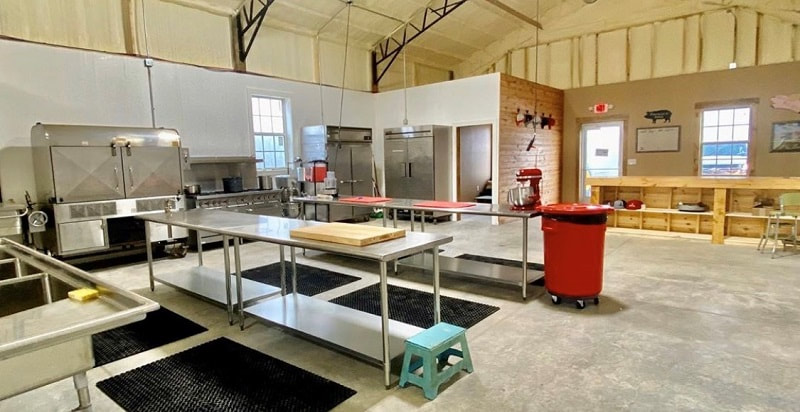
Creating a Functional and Stylish Kitchen
 If you're looking to give your kitchen a makeover,
installing kitchen wall panels
is a great way to achieve both functionality and style. These panels are not only practical but also add a touch of elegance to your kitchen design. They come in a variety of materials, colors, and patterns to suit any style and budget.
If you're looking to give your kitchen a makeover,
installing kitchen wall panels
is a great way to achieve both functionality and style. These panels are not only practical but also add a touch of elegance to your kitchen design. They come in a variety of materials, colors, and patterns to suit any style and budget.
Easy to Clean and Maintain
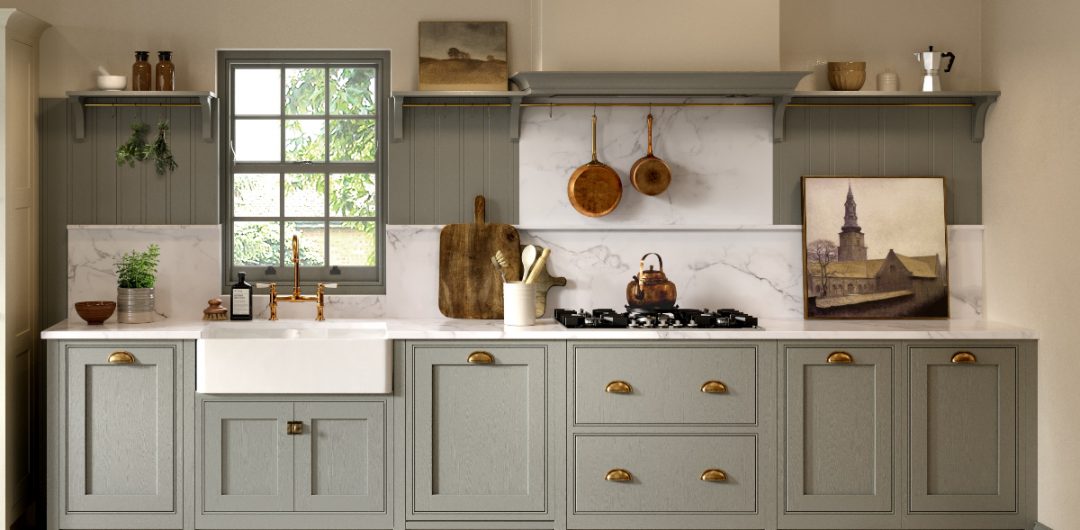 One of the main benefits of
kitchen wall panels
is that they are easy to clean and maintain. Unlike traditional tiles or wallpaper, these panels are seamless and do not have any grout lines or crevices where dirt and grime can accumulate. This makes them a hygienic option for your kitchen, especially if you love to cook and spend a lot of time in there.
One of the main benefits of
kitchen wall panels
is that they are easy to clean and maintain. Unlike traditional tiles or wallpaper, these panels are seamless and do not have any grout lines or crevices where dirt and grime can accumulate. This makes them a hygienic option for your kitchen, especially if you love to cook and spend a lot of time in there.
Waterproof and Durable
 Kitchen wall panels are designed to withstand a lot of wear and tear, making them a durable choice for your kitchen walls. They are also waterproof, which makes them perfect for areas that are prone to moisture, such as behind the sink or stove. With proper installation and maintenance, these panels can last for many years, making them a cost-effective investment for your kitchen.
Kitchen wall panels are designed to withstand a lot of wear and tear, making them a durable choice for your kitchen walls. They are also waterproof, which makes them perfect for areas that are prone to moisture, such as behind the sink or stove. With proper installation and maintenance, these panels can last for many years, making them a cost-effective investment for your kitchen.
Customizable to Your Needs
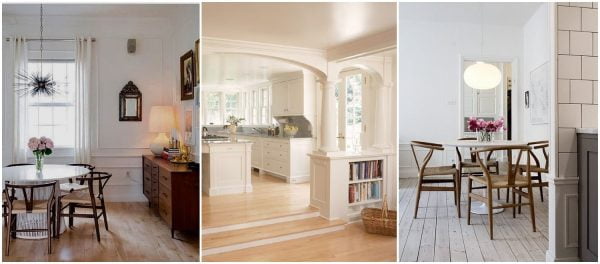 Another great advantage of kitchen wall panels is that they can be customized to your specific needs. You can choose from a variety of materials, such as PVC, acrylic, or laminate, depending on your budget and preferences. You can also select from a wide range of colors and patterns to match your kitchen design. Some panels even come with additional features like built-in shelves or magnetic strips for hanging utensils.
Another great advantage of kitchen wall panels is that they can be customized to your specific needs. You can choose from a variety of materials, such as PVC, acrylic, or laminate, depending on your budget and preferences. You can also select from a wide range of colors and patterns to match your kitchen design. Some panels even come with additional features like built-in shelves or magnetic strips for hanging utensils.
Quick and Easy Installation
 Finally,
installing kitchen wall panels
is a quick and easy process that can be done by a professional or even as a DIY project. Unlike traditional tiles, which require precise measurements and grouting, panels come in large sheets that can be easily cut and installed without any special tools. This means you can have a brand new kitchen look in a matter of hours, without any major disruptions to your daily routine.
In conclusion,
kitchen wall panels
offer a multitude of benefits for homeowners looking to upgrade their kitchen design. From practicality and durability to customization and easy installation, these panels are a great choice for creating a functional and stylish kitchen. So why wait? Start exploring your options and give your kitchen a fresh new look today!
Finally,
installing kitchen wall panels
is a quick and easy process that can be done by a professional or even as a DIY project. Unlike traditional tiles, which require precise measurements and grouting, panels come in large sheets that can be easily cut and installed without any special tools. This means you can have a brand new kitchen look in a matter of hours, without any major disruptions to your daily routine.
In conclusion,
kitchen wall panels
offer a multitude of benefits for homeowners looking to upgrade their kitchen design. From practicality and durability to customization and easy installation, these panels are a great choice for creating a functional and stylish kitchen. So why wait? Start exploring your options and give your kitchen a fresh new look today!




